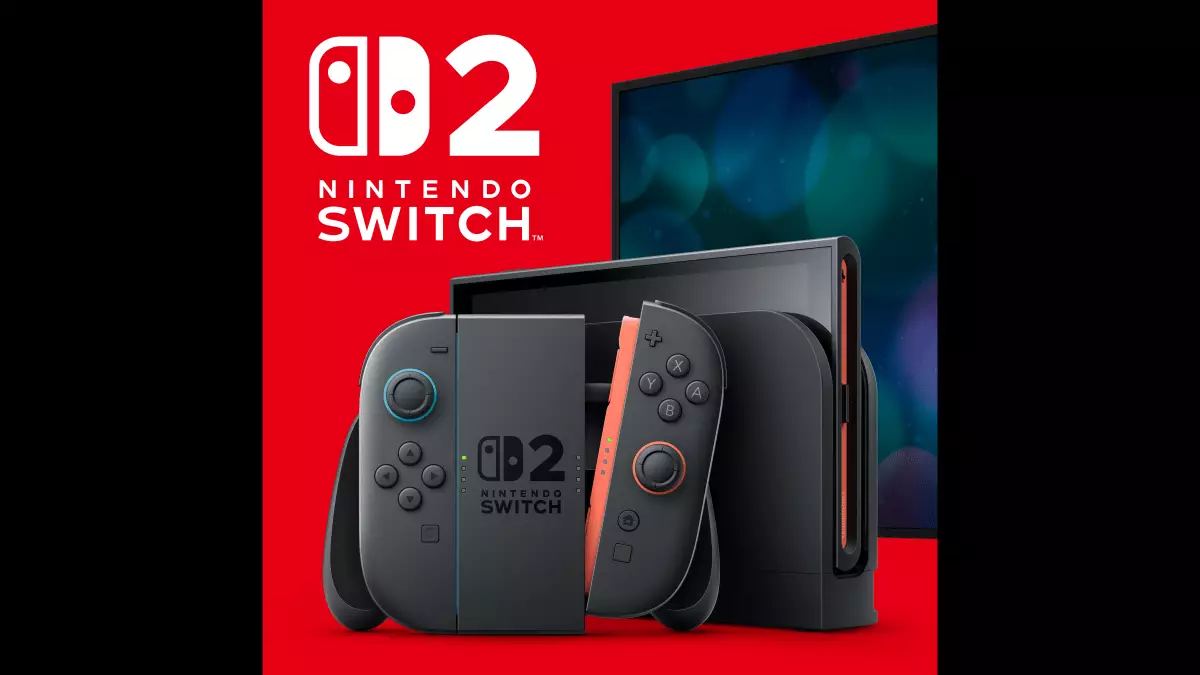The gaming community buzzes with excitement as Nintendo has officially unveiled the first glimpses of its newest console, the Nintendo Switch 2. This announcement follows the resounding success of the original Switch, which transformed the gaming landscape with its innovative design and versatility. However, as with any successor, fans are eager to learn how the Nintendo Switch 2 will elevate their gaming experience. In this article, we will dissect the various enhancements revealed in the promotional video while considering the implications of these changes in the context of the ever-evolving gaming environment.
One of the most striking aspects of the Nintendo Switch 2 is its design. At first glance, it is evident that Nintendo has opted for a larger form factor, which is expected to offer a more immersive gaming experience. The console features a bigger display, although it maintains a significant bezel surrounding the screen. While some may argue that the bezel detracts from the aesthetic appeal, it potentially serves a practical purpose by protecting the screen and providing a surface for gripping during handheld gameplay.
The Joy-Con controllers have also undergone a transformation. The new design is more rounded and larger, which could enhance grip and comfort during extended gaming sessions. Moreover, these controllers attach magnetically to the console, a feature that hints at improved functionality and ease of use. However, the shift to a predominantly black color scheme with selective accents may polarize opinions among fans who enjoyed the vibrant palette of the original Switch’s controllers. This move suggests a potential change in Nintendo’s brand identity, leaning towards a more sleek and modern look.
Portability is at the heart of the Nintendo Switch experience, and the Switch 2 seems to build upon this premise. The redesigned kickstand is particularly noteworthy, addressing one of the original Switch’s major design flaws. A sturdier kickstand creates possibilities for more convenient tabletop gaming with friends, furthering the console’s casual and social gaming appeal.
Additionally, the inclusion of a USB-C port at the top of the device is a welcome update. This location is advantageous for gamers who prefer to charge their device while in use, enhancing the gaming experience when on the go. It encourages longer play sessions without the hassle of awkward cable management, a nod to Nintendo’s understanding of its audience’s needs.
A highlight of the reveal is the confirmation that the Nintendo Switch 2 will support games from its predecessor, both physical cartridges and digital downloads. This ensures that gamers will not need to abandon their existing libraries, which is a significant concern for any console transition. However, the video showcased only one game—potentially a new installment in the Mario Kart series—which raises questions about the broader library available at launch. Will classic titles be reimagined for the new hardware, or will the focus be on new versions?
The success of the Nintendo Switch was heavily dependent on its diverse game library, and retaining a connection to beloved titles is crucial for drawing players into the new console’s ecosystem. The anticipation surrounding this aspect of the Switch 2 will undoubtedly shape its initial reception.
While the aesthetic changes and backward compatibility are significant, the real improvements likely lie beneath the surface. Nintendo is expected to upgrade the internal hardware, allowing the Switch 2 to handle more graphically intensive titles and deliver a smoother gaming experience. The gaming industry has shifted towards increasingly demanding visuals and gameplay, so the ability of the Switch 2 to keep pace with competitors will be important for its long-term sustainability.
Details regarding pricing and a concrete release date remain vague, with specific announcements promised in an upcoming Nintendo Direct livestream. This gap leaves consumers and critics waiting in anticipation, eager to see if the Switch 2 can carve out a significant place in a gaming market that has become more competitive than ever.
The Nintendo Switch 2 represents an exciting evolution of one of the most beloved gaming consoles of recent times. With its enhanced design, improved portability, backward compatibility, and anticipated performance upgrades, it appears poised to capture the attention of both loyal Nintendo fans and new gamers. As we await further details from Nintendo, one thing is clear: the future of handheld gaming is once again in Nintendo’s hands, and the stakes have never been higher.

